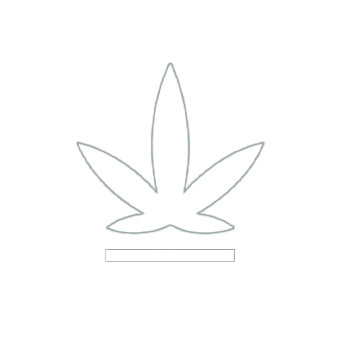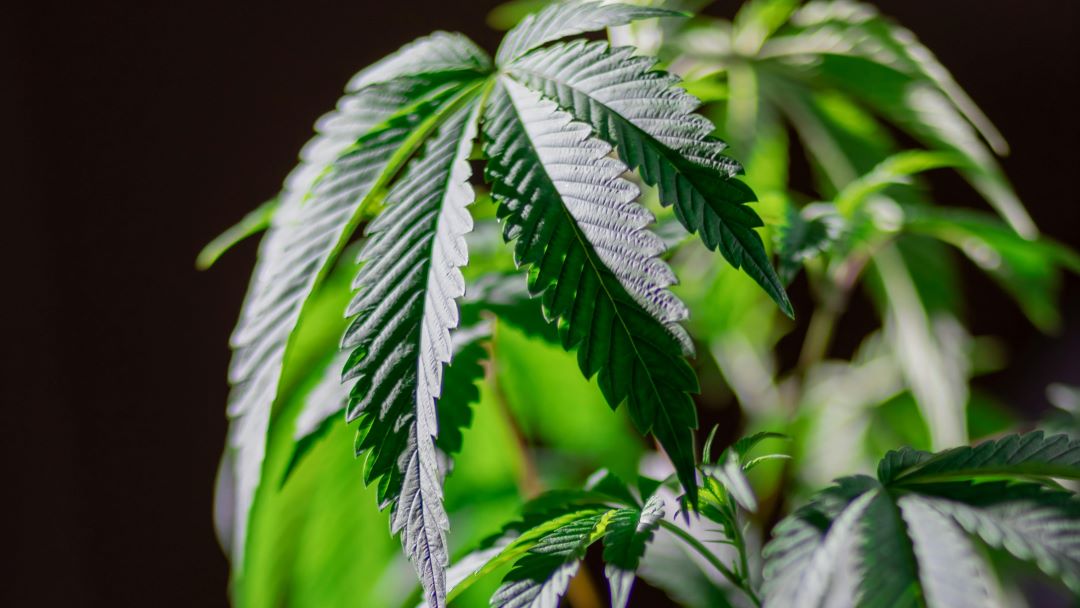The State Senate recently reverted to a more restrictive version of House Bill 1125, initially softened by amendments before unanimous passage in the lower chamber.
The original House-approved version of the bill targeted only products containing high-concentration, synthetically processed compounds derived from hemp. This version did not prohibit CBD and other extracts containing trace amounts of delta-8 THC and cannabinoids naturally occurring in hemp flowers.
However, with the Senate broadening the restrictions, products like gummies, vape pens, pre-rolled joints, and smokable flowers from the hemp plant – including those with intoxicating effects – now face potential risks. These products have proliferated in South Dakota and across the U.S., exploiting loopholes in the 2018 U.S. Farm Bill, which federally legalized hemp but failed to address the full spectrum of potential outputs from hemp flowers.
The bill’s current version focuses on regulating products with high-inducing properties, including delta-8 THC, as well as other intoxicating cannabinoids synthetically made from hemp like delta-10 THC, THC-O, HHC, and THCP.
Senator Ryan Maher, who unsuccessfully attempted to amend the law to restore the exemption for trace cannabinoids during the Senate’s review, warned that a complete ban could flood South Dakota streets this spring as retailers rush to clear soon-to-be illegal inventories of hemp flower-based goods – both intoxicating and non-intoxicating.
Following Senate approval, HB 1125 is now in a conference committee, which will reconcile it with the House version before reaching Governor Kristy Noem’s desk for expected approval.
Despite legislative challenges, hemp cultivation for CBD faced hurdles in South Dakota from the beginning. The state didn’t pass a hemp bill until 2020, two years after the federal legalization of hemp in the 2018 Farm Bill. This delay coincided with a significant downturn in the CBD business that discouraged farmers and producers.
South Dakota hemp farmers predominantly focused on grain and fiber crops, with only 35 acres dedicated to CBD flower production in 2021. However, the state saw substantial growth in hemp cultivation, becoming the second-largest grower in 2022 with a 35% increase in harvested fields, reaching 2,540 acres compared to 1,674 in 2021. The number of hemp producers also doubled from 20 in 2021 to 40 in 2022, according to the South Dakota Industrial Hemp Association (SDIHA).
As of 2023, South Dakota, along with Montana and Idaho, emerged as top producers of both fiber and grain, accounting for nearly half of the country’s total fiber acreage and three-fourths of the national grain total, as reported by Hemp Benchmarks. The U.S. Department of Agriculture is expected to release final production figures in April.
Photo by: Kindel Media




